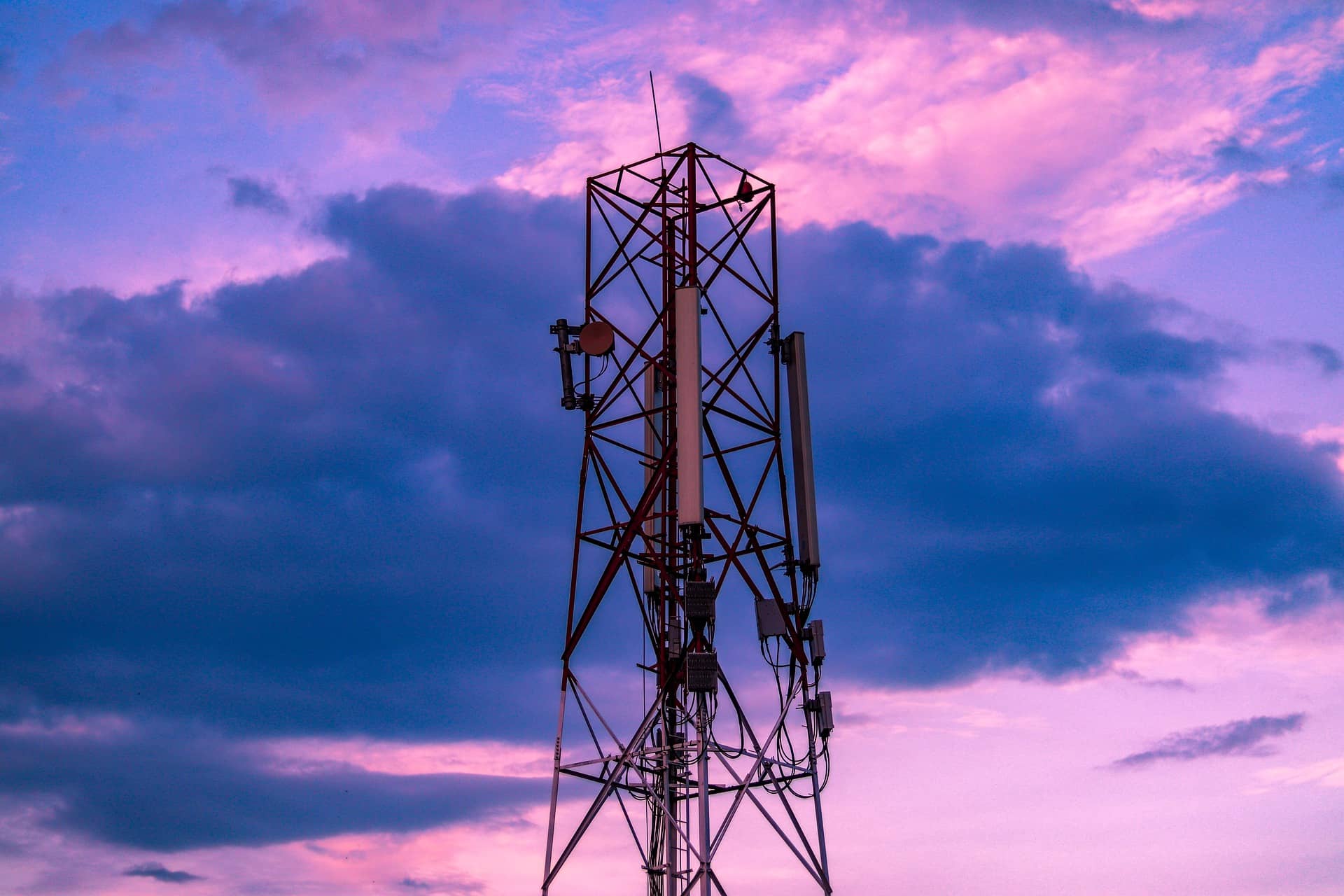Located along the southeast coast of China, Fujian Province sits along the coastline of over 3000 kilometers. Generations of Fujian people live in peace and contentment with its unique marine resources. With the continuous evolution of 5G technologies, ZTE and China Mobile Fujian Branch have recently jointly built a TDD+FDD two-layer three-dimensional continuous coverage network to help the marine economy set sail. All-round Marine Communication Driven by Three-dimensional Coverage
ZTE has proposed the « three-network-in-one » three-dimensional coverage solution, that is, the combination of inshore network, ocean network, and ship network. This solution can meet the communication requirements of the entire sea area through technologies such as uplink and downlink carrier aggregation…
Located along the southeast coast of China, Fujian Province sits along the coastline of over 3000 kilometers. Generations of Fujian people live in peace and contentment with its unique marine resources. With the continuous evolution of 5G technologies, ZTE and China Mobile Fujian Branch have recently jointly built a TDD+FDD two-layer three-dimensional continuous coverage network to help the marine economy set sail.
All-round Marine Communication Driven by Three-dimensional Coverage
ZTE has proposed the « three-network-in-one » three-dimensional coverage solution, that is, the combination of inshore network, ocean network, and ship network. This solution can meet the communication requirements of the entire sea area through technologies such as uplink and downlink carrier aggregation, ultra-far coverage, and 5G satellite integration.
The 5G network built in coastal area of 0~10 km is defined as the « inshore network. » In addition to the normal 2C services, more services based on smart ports and fishing farming will be considered. These services have capacity and latency requirements for network coverage. Therefore, the 5G network should provide 100Mbps downlink and 5Mbps uplink to guarantee excellent experience. In addition, TDD 2.6GHz can be used to build a private industrial network, and 4.9GHz can be used to supplement the capacity, so as to realize coordination among land, sea and port.
The coastline extends outwards, and all services take place on the sea. Therefore, this area is defined as the « ocean network ». Depending on distance and service type, the « ocean network » is divided into offshore area (10~30 km) and far-sea area (30~50 km). In offshore area, most services still have high requirements for uplink and downlink rates, such as boat-shore coordination, sea tourism and smart wind and electricity. High/low frequency networking can be used for dual-layer network coverage by providing 100Mbps at the downlink edge, and 3Mbps at the uplink edge to ensure network signal and experience stability. For far-sea area, 1Mbps at the uplink edge is provided to ensure video backhaul and other services.
For the ship network with an offshore distance of more than 50 km, the main scenario is the international route for ships of 10,000 tons. Besides the best-effort network coverage provided by the 5G network, this type of ship is usually equipped with satellite communication equipment. Intelligent switching between two networks can be achieved through the ship-mounted 5G+ satellite integration gateway, thus reducing the user cost and further releasing the valuable bandwidth resources of the satellite.
5G at Sea Enabling Communication
In the past, before Fujian people went to sea, they prayed for the blessings of Mazu and other gods, because the ocean is generous but full of danger. Before the ship reached the shore, families of those fishermen were always worried. Now, with 5G, people on ships are able to contact their families 100 kilometers away via 5G VoNR technology in video.
In Fujian, ZTE uses ultra-far coverage technology to meet the 5G network coverage of special scenarios within 50km such as islands, fishing rafts, anchorages, and routes. TDD NR coverage currently supports a maximum cell radius of 59 km while FDD NR to 100 km.
5G at Sea Making Life Better
Fujian boasts a densely distributed coastal fishing boats. Hundreds of thousands of fishermen live and work here. From breeding monitoring, life entertainment, to live commerce, they all need the support of basic communication networks. The large bandwidth and low latency of 5G can meet the requirements of mobile signals on the sea, and help fishermen achieve a qualitative leap of life.
Based on the traditional 5G network coverage solution, ZTE has also innovatively proposed CampSite solution, which can effectively extend the 5G coverage range through signal relay. In higher-quality fishing and tourism integration scenarios such as aquaculture and ranching at sea, this solution can effectively meet users’ call, entertainment, video conferencing, and other requirements, and achieve local data distribution.
5G at Sea Booming Marine Digital Economy
Fujian is rich in offshore wind energy resources and vigorously develop wind power services. From the coast to sea of dozens of kilometers, numerous large-scale wind power equipment continuously supplies clean power.
In this scenario, on the one hand, ZTE deploys 5G stations high along the coast to achieve sea-surface 5G coverage by using innovative technologies such as ultra-far coverage and carrier aggregation to meet the basic communication requirements of O&M personnel in wind farm. On the other hand, ZTE deployed 5G equipment inside the wind power warehouse to realize the backhaul of wind power data and monitoring data, providing a network basis for new services such as AR remote operations. It further facilitates the automated management and large-scale deployment of wind farms.
With in-depth marine exploration, marine tourism, marine new energy, marine big data, and fishery digitization will usher in vigorous development. These are inseparable from the coverage of the network.
ZTE and China Mobile will make all efforts to build a high-quality 5G marine network to promote the intelligent development of the marine field and the improvement of economic benefits.



